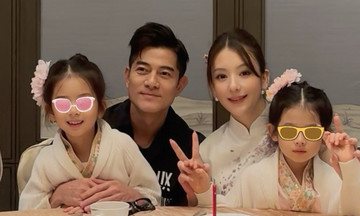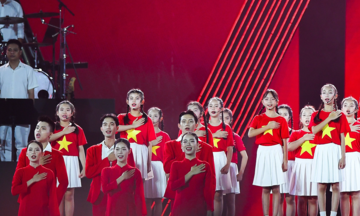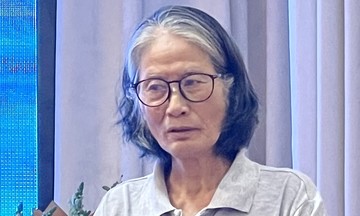Published over 30 years ago, the novel's impact remains profound, captivating a large readership. As of this year, it has been reprinted 26 times domestically and translated into approximately 20 languages, with multiple editions in several languages, and distributed across numerous countries.
In 2022, author Bao Ninh received the Danube Art Prize from the Danube Literature and Arts Association and AB ART Publishing House (Hungary), reaffirming the work's place in world literature. The novel continues to be the subject of numerous critiques, essays, dissertations, seminars, and lectures every year.
German literature professor and translator Gunter Giesenfeld considers the book "a world classic in war literature", alongside renowned novels like 'A Farewell to Arms' (Ernest Hemingway) and 'All Quiet on the Western Front' (Erich Maria Remarque).
'The Sorrow of War' centers on Kien, a romantic young man full of aspirations, caught in the brutal vortex of war. Witnessing immense loss and death, he becomes haunted, living in isolation and unable to reintegrate into peacetime. Emerging from post-war Vietnam, the novel reflects the essence of war, portraying the tormented inner world and unhealed scars of soldiers. It marked a departure in artistic style and thematic approach from earlier heroic narratives.
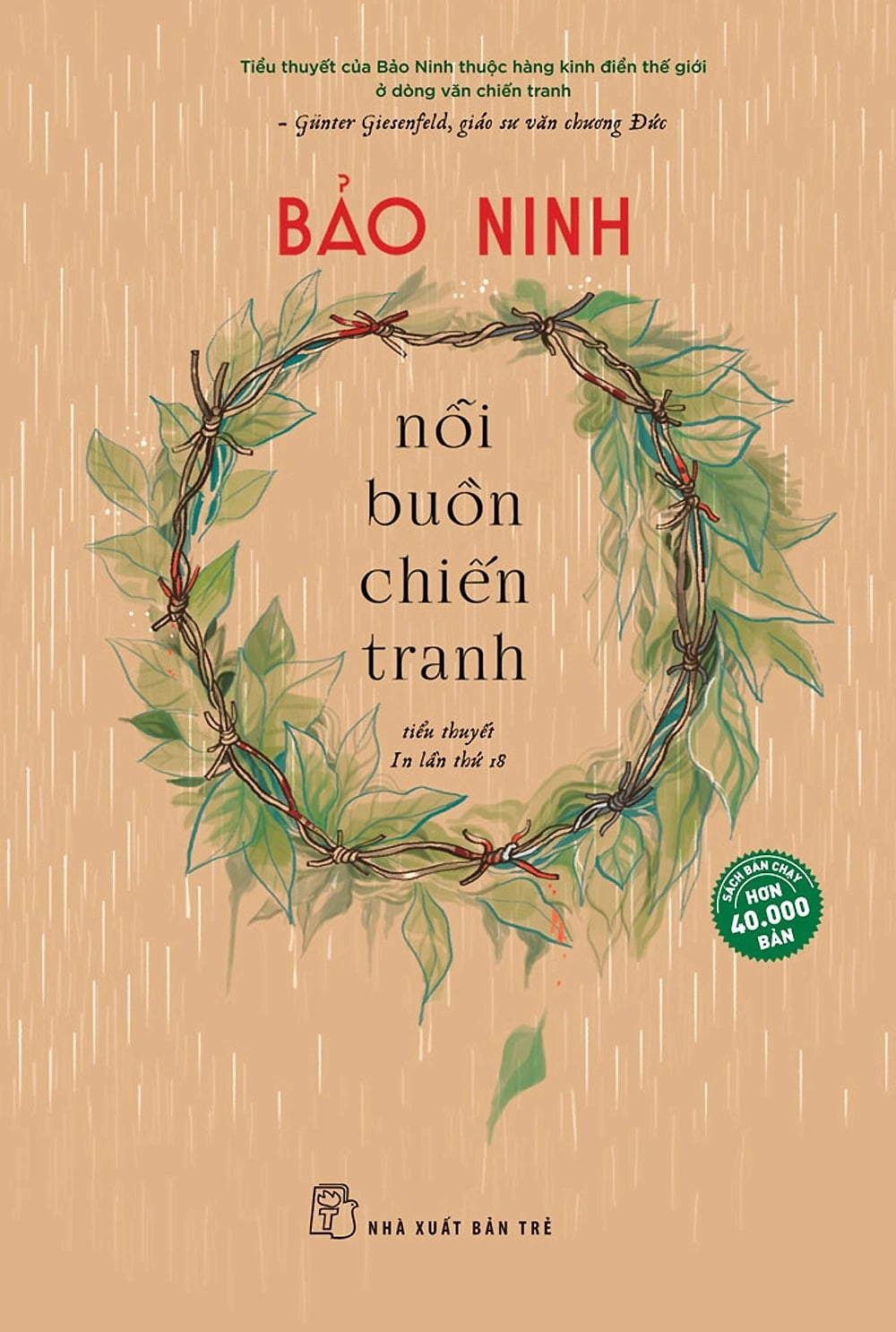 |
The cover of ''The Sorrow of War''. Photo: Tre Publishing House |
The cover of ''The Sorrow of War''. Photo: Tre Publishing House
The novel's timeless value lies in its ability to delve into and encompass multiple facets of reality. The battlefield is far from the romanticized image presented in the Revolutionary Literature period (1945-1975). Instead, it is a scene of carnage where, regardless of victory or defeat, both sides confront suffering and loss. The prolonged act of killing can lead to the "decay of human compassion", as indifference to evil takes hold. This environment challenges the very core of humanity. At one point, "Kien wanted to stop firing, but the hand of death gripped his. The line of grey-clad soldiers, chased by tanks, were driven to their deaths, piled up by Kien's hand. It was no longer firing, but slaughter."
Emerging from the war, neither side remains unscathed. Phan, a scout from the 24th Regiment, is haunted by the image of a soldier he stabbed repeatedly and then frantically, but unsuccessfully, tried to save. Kien also finds no peace in the days of victory. He feels lost and burdened by guilt, believing his survival came at the cost of his comrades, "the best, the most deserving of life".
Bao Ninh transcends the simplistic division between good and evil, us and them. By touching upon universal losses, the novel urges humanity to rise above differences in time, space, perspective, and culture through reconciliation, empathy, and a shared understanding.
One of the novel's innovative aspects is its portrayal of war through the lens of "sorrow." Kien struggles with daily life, unable to overcome the sorrow of love, identity, and creativity. Bao Ninh avoids the typical epic hero, focusing instead on the "human" aspect with its ordinary tragedies. This initially alienated many contemporary readers accustomed to the revolutionary literary perspective.
Bao Ninh’s work signifies a shift in artistic perception, the essence and meaning of "writing." The novel's publication coincided with the appearance of Nguyen Minh Chau's essay "Hay doc loi ai dieu cho mot giai doan van nghe minh hoa" (1987) in the Van Nghe newspaper, reflecting a continuity and resonance with the desire for literary renewal. Literature was no longer a mirror reflecting reality, but a medium for reflections on personal and societal matters.
Several contemporary works also depicted raw reality: 'Co Lau', 'Mua Trai Coc o mien Nam' (Nguyen Minh Chau), 'An May Di Vang' (Chu Lai), 'Ba Nguoi Tren San Ga' (Huu Phuong), and 'Chim En Bay' (Nguyen Tri Huan). However, Bao Ninh's work stands out, facing considerable controversy due to his direct confrontation of war through the lens of "sorrow." He avoids restraint and reconciliation with the epic tradition. Associate Professor Pham Xuan Thach emphasizes: "This solitary position and unusual fate allowed him to see the hidden corners of history." Bao Ninh himself defines war as "a realm without home or haven, of wandering misery and grand odyssey, a realm without men or women, the most apathetic, desolate, and terrifyingly sterile world of the human race!"
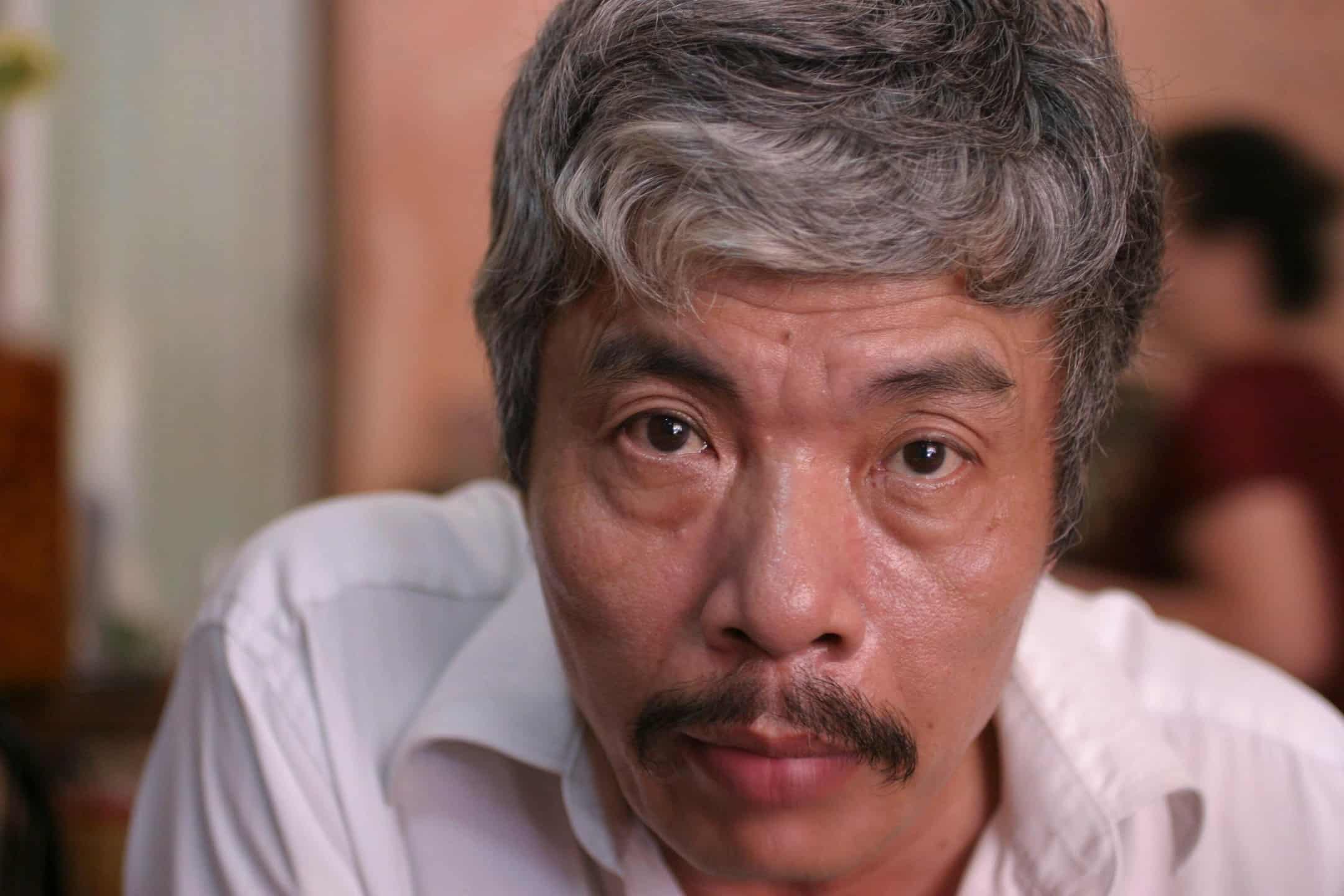 |
Author Bao Ninh. Photo: Nguyen Dinh Toan |
Author Bao Ninh. Photo: Nguyen Dinh Toan
According to literary critic Pham Xuan Nguyen, younger generations of writers, while not having experienced war, can inherit Bao Ninh's perspective on its nature. Humanism, compassion, and the view of both sides as "individuals experiencing the losses of war, not killing machines," frequently appear in later works on the same theme.
The novel also marks a successful experimentation in novelistic style. It has a complex structure, interweaving two main narratives: veteran Kien's recollections and a third-person narrative about Kien from a narrator who claims to have no contribution to the novel, unsure how to arrange or edit it, as "every page seems like the first, every page seems like the last." However, this narrator has overcome the prejudices of those around him to share a perspective on war consistent with Kien's.
The novel employs stream of consciousness, with time and space flowing through Kien's memories, disrupting conventional logic. While revolutionary literature followed a linear spatio-temporal order, 'The Sorrow of War' disrupts this, constantly shifting to reflect the character's complex and traumatized inner world. A scent or sound connected to a memory can trigger the past, whether in dreams or waking moments. For instance, the stench of the streets makes Kien imagine himself walking through "Meat Grinder Hill, littered with bodies after the bloody hand-to-hand combat at the end of December '72."
Kien's thoughts are turbulent, fragmented, and fluctuating. Details and situations are left unfinished. Reality is pieced together from the fragments of his trauma. Upon first encountering the manuscript, the narrator calls it "a work based on the dominant inspiration of turmoil."
The novel casts a long shadow over Bao Ninh's entire writing career. Afterwards, he primarily wrote short stories, continuing to explore the realities of war from personal experience, enriching the collective understanding of the past. Associate Professor Pham Xuan Thach notes that the world of these short stories is like "an extended echo of the motifs that appeared in his debut novel".
References:
(1) "The Sorrow of War" by Bao Ninh - A different way of writing about war, Professor Tran Dinh Su
(2) The novel "The Sorrow of War" viewed from America, Literary critic Pham Xuan Nguyen
(3) "The Sorrow of War" - writing about war in the postwar period, from heroism to the need for innovation in style, Associate Professor Pham Xuan Thach
Khanh Linh






